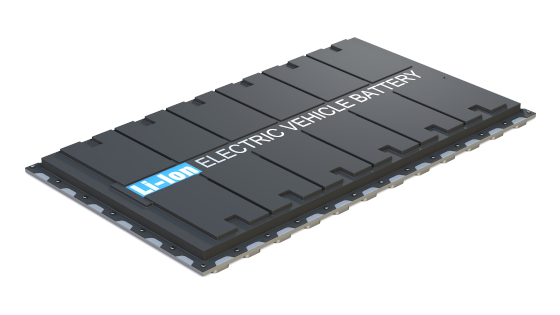Real Time Analysis of Electrochemical Processes

Electrochemistry is a field of research focussed upon chemical change and the relating flow of electrons.
Electrochemistry is fundamental in many areas of modern life, with important applications being batteries, fuel cells, electroplating, electrowinning as well as hydrogen production.
Learn more about the DEMS technique and its applications below.
Related Products
To gain real-time measurements of both dissolved and evolved gases from an electrochemical process, Differential Electrochemical Mass Spectrometry (DEMS) was developed. The DEMs technique provides quantifiable insights into cell chemistry by integrating a mass spectrometer system with a customised nanoporous electrode. This allows dissolved species from the electrochemical reaction to be analysed in real time, and these can be correlated to electrode potential and other external parameters such as time. Data gained can be directly correlated to the electrodes’s faradaic current, enabling the determination of key parameters hydrogen evolution and CO2 production.
DEMS allows for in-situ mass resolved determination of reaction intermediates, gaseous or volatile electrochemical reactants, and products in real-time. A typical DEMS system comprises an electrochemical half-cell, membrane interface, and a vacuum system that includes a quadrupole mass spectrometer
DEMS systems are used in many research areas, including:
- Hydrogen Oxidation Reaction
- Oxygen Reduction Reaction
- CO2 Reduction
- Methanol / Formic Acid Oxidation
- Ethanol Oxidation
- Ammonia/Hydrazine Oxidation
- Cathode Effects
- Battery cycling
- Electrolyte reactions in batteries
- Other Fuel Cells (Borohydride, DMFC)
- Mechanistic Investigations on Methanol Oxidation
- Electrochemical Oxidation of Organics in (Waste-)Water treatment
- Electrochemical Oxidation of CO
Research from these areas is crucial to many industrial applications such as Fuel cell development, Hydrogen storage, water treatment & energy storage.
Mass Spectrometry
Mass spectrometry offers a number of advantages over other, remote, analysis techniques, such as Gas Chromatography or Infrared Spectroscopy. Such as real-time measurements and wide dynamic range.
A semi-permeable, customised membrane separates the mass spectrometer inlet from the electrochemical cell. Gas and vapour products pass through the membrane to be analysed by the mass spectrometry whilst the electrolyte is held in the cell.
The HPR-40 DEMS system is flexible in its configuration and can be customised to the research that the end-user wishes to carry out. Two electrochemical cells are offered, along with options for direct membrane inlets and micro flow capillaries for headspace analysis.
Sampling Inlets for Hiden Mass Spectrometers: Gas, Vapour and Liquid Sampling Systems
Integration of BioLogic Potentiostat with Hiden HPR-40 DEMS Mass Spectrometer
Summary of DEMS Cells and Sampling Interfaces for Electrochemistry Applications – TI-20022.2

